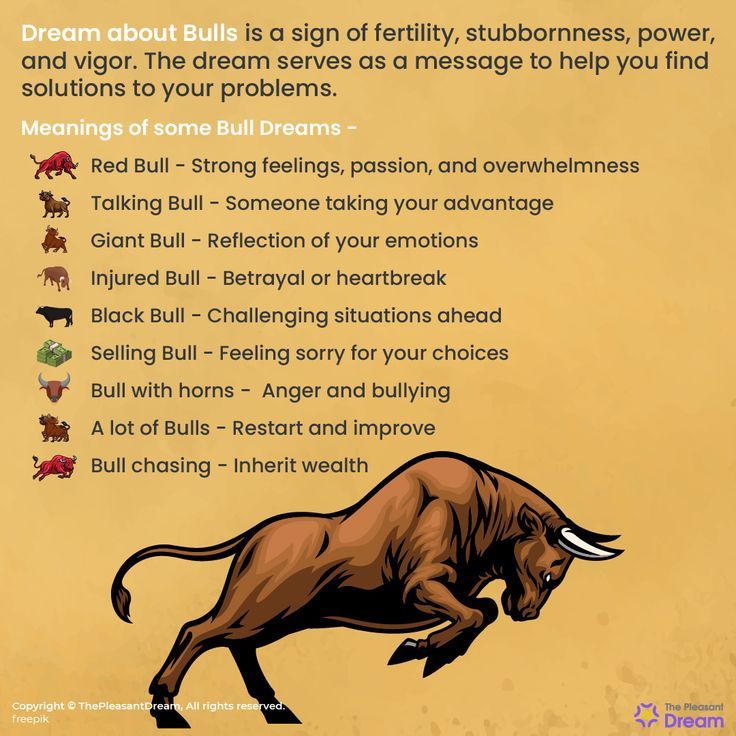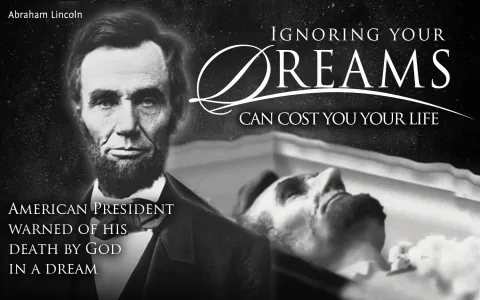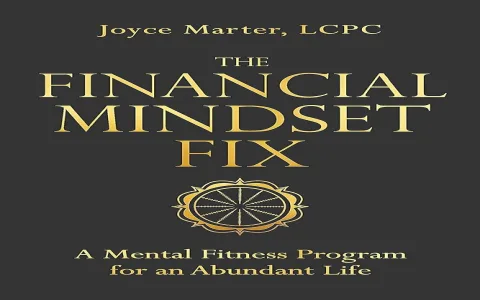Man, let me tell you, I’ve been wrestling with this one dream for months now. It’s always the same setup: I’m standing in this huge, dusty field, maybe a bit too close to a fence, and then I hear the snorting. And then BAM! There’s the bull. Not some cute cartoon bovine, but a massive, black monster with horns that look like they could split an oak tree. And every single time, it’s chasing me. I wake up absolutely drenched in sweat, heart hammering like I just ran a marathon.
I usually just shake it off, figure it’s bad pizza, and go about my day. But when it happened for the third time in ten days, I knew I had to stop running, at least metaphorically. This wasn’t just random stress; this was a signal. I decided my practice for the month was going to be understanding exactly what this relentless animal represented in my actual life. I committed to a full deep-dive psychological cleanup.
Setting Up the Dream Trap: The Logging Protocol
First thing I did was initiate my logging protocol. You can read all the psychology books you want, but if you don’t actually dig into your own psychological garbage, nothing changes. I grabbed a cheap notebook—not my fancy journaling one, just a spiral-bound thing—and committed to logging every detail the second I woke up. I kept it right by the bed, pen ready to go.

- The Core Emotion: I recorded the feeling first. Was it just fear? No. It was specifically the feeling of being trapped and exposed, knowing the impact was coming and I couldn’t stop it.
- The Environment Clues: I tracked the setting. Was it always the field? Sometimes it shifted—once it was an office hallway, surprisingly. Another time, it was my childhood street.
- The Preceding Triggers: This was the key. I marked the real-life events right before bed. Did I have a bad meeting? Did I look at my business forecast? Did I just send off a terrifying invoice?
What I quickly nailed down was that the chase wasn’t actually about the bull itself being scary; it was the crushing speed and the certainty of the impact. The dream wasn’t about physical danger; it was about the feeling of inevitable failure closing in on me. The intensity was always directly proportional to how much money anxiety I carried that day.
Identifying the True Bull: Financial Pressure and the Grind
After two weeks of meticulous logs, the picture became crystal clear. The bull always showed up when I felt cornered about money or massive work deadlines. I realized the bull wasn’t a monster; it was my looming responsibilities, packaged in muscle and fury. The dusty field wasn’t just dirt; it was the vast, unsecured landscape of my future.
My deepest fear, the one the bull was chasing me with, wasn’t heights or public speaking. It was the fear of losing everything I’d worked for. The fear of having to start from zero again, watching my progress get stomped on. That bull was the accumulation of overdue bills, the quarterly taxes I hadn’t filed, and the pressure to keep my entire operation profitable and running smooth. It was heavy, man. Just naming it—admitting my fear was financial collapse—felt like I was already slowing down the charge.
Testing the Theory: Running Toward the Pressure
Okay, so the bull means pressure and avoidance. What if I stop running away from the pressure in real life? I decided to tackle the single biggest, scariest project I had been putting off—the one that guaranteed that feeling of panic. For me, that was finalizing this gigantic client contract proposal that had been sitting in ‘draft’ status for three weeks because the scope was terrifying.
I didn’t just do the work; I mentally framed the activity as “charging the bull.” I scheduled two solid, brutal days, locked the office door, muted my phone, and just hammered away. It was awful. The feeling of being overwhelmed, of making a huge mistake in the pricing, was intense—it felt exactly like that sickening panic in the dream. I pushed through the headache and the panic.
What happened? I finished it. I sent the proposal. It was stressful, yes, but the world didn’t end. I got a positive initial reply back. The sense of relief was massive, way bigger than just finishing paperwork. I had faced the scary thing, the thing I was avoiding, and I survived the impact.
The Aftermath: What Happens When You Stop Running?
Since I completed that terrifying real-life task, guess what? The bull hasn’t vanished completely—because responsibility never vanishes—but the dream dynamic has changed entirely. The very night after I submitted the proposal, I had the dream again. I was in the field, heard the snort, and saw the bull charging at full speed.
But this time, I didn’t immediately turn tail. I stood there, shaking, and instead of running, I actually lifted my arm—a stupid, defensive gesture, I know—but I stood my ground. The bull still charged, but right before the collision, I woke up, only mildly sweaty. I had held the line.
And the next time? The bull was just standing there. Massive, breathing heavily, intimidating as hell, but it wasn’t moving. It wasn’t chasing me anymore. It was just waiting. It was a presence I needed to acknowledge and manage, not a terrifying force I was desperately trying to escape.
The practice taught me this plain truth: When you’re being chased by the bull in your dream, it’s not telling you to run faster. It’s telling you that whatever giant, unavoidable thing you are actively dodging in your waking life is gaining on you. Face the real-world fear, and the dream mirror breaks. Now, when I see the bull in the dream, I know exactly which pile of work I need to get moving on. That’s a huge win, folks. Try logging your own chase and see what ugly truth you find waiting for you.












